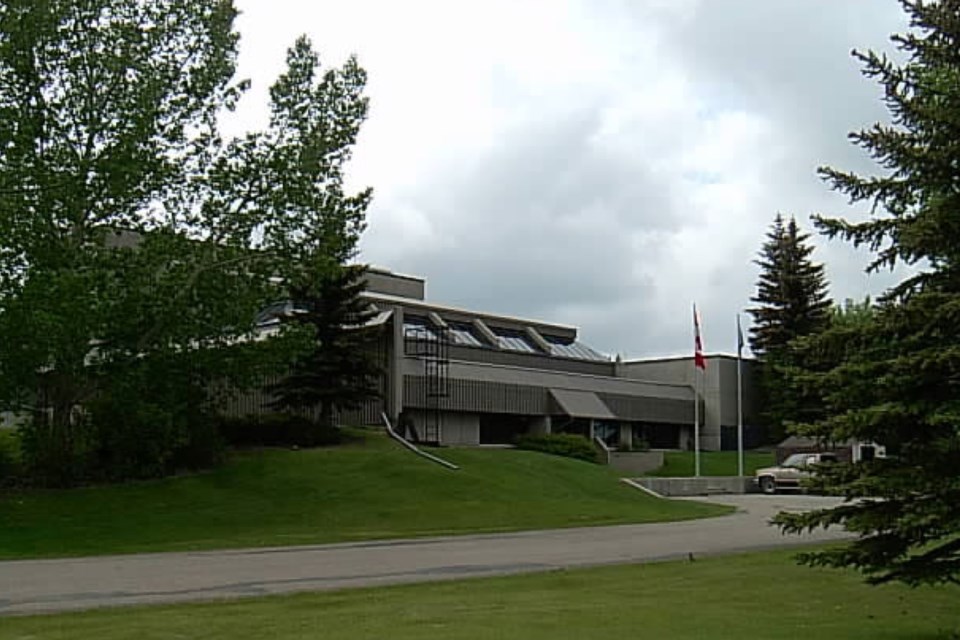INNISFAIL – Faced with the threat of an unprecedented drought this year, the Alberta government announced Friday that the largest water-sharing agreements in Alberta’s 118-year history are now in place and include the Mountain View Regional Water Commission and Red Deer County.
To support the huge undertaking to blunt the drought threat, 38 of the largest and oldest water licensees in southern and central Alberta have voluntarily agreed to reduce the water they use if severe drought conditions develop this spring or summer.
Environment and Protected Areas Minister Rebecca Schulz said four water-sharing agreements have been created, one to cover each of the following sub-basins: the Red Deer River, the Bow River, the mainstem of the Oldman River and the upper tributaries of the Oldman River.
The Red Deer River is the most northern river in the basin and is the source of water for the Mountain View Regional Water Services Commission (MVRWSC) that serves its member communities of Innisfail, Olds, Bowden, Didsbury, Carstairs and Crossfield.
Depending on the latest water supply forecast, MVRWSC and Red Deer County will voluntarily reduce water consumption by between five and 10 per cent compared to expected 2024 summer demands (maximum from May to October) if no measures were actioned.
“These are reasonable targets that can be achieved without affecting indoor water use,” government officials said in a press release issued Friday.
Primary criteria to be considered in relation to activation or deactivation of the water sharing agreement include reservoir storage at Dickson Dam and winter reservoir storage at Dickson Dam with consideration for inflows and outflows.
The provincial media release added participating industries will use only the minimum volume of water practical to maintain safe, reliable operations.
According to the province they will also look for additional water conservation opportunities.
As well, participating irrigation districts will use less water and allow other users to get their water first, and then use the remaining water available for licensed use.
These collaborative agreements are voluntary, said the media release, adding they are designed to be proactive, risk-based and agile enough to be adjusted in real time as conditions change.
The media release added the actual water amounts under the agreements will be updated every two weeks based on the latest water supply forecast.
“With these agreements, Albertans are once again coming together when times get toughest. They will help make the most of our limited water supplies and make every drop count if a severe drought hits this summer,” said Schulz. “These irrigators, industry and municipalities are demonstrating the leadership, dedication and community spirit that makes this province great.”
To support the commitments made by the province’s largest water users, the Alberta government says it will also be working with smaller licence holders in these basins to request that they implement drought response measures and make similar water conservation commitments, said the media release.
As well, the Alberta government is saying it will play an active role implementing these agreements in the coming months. Below are the following measures the provincial government is planning:
• monitor conditions and alert water users if a signed agreement needs to take affect in a basin;
• produce bi-weekly water supply forecasts that will be used to adjust the agreements as needed;
• optimize operations at provincially owned infrastructure, including the Waterton, St. Mary, Oldman and Dickson reservoirs, to ensure that every drop is used;
• optimize water storage in the Ghost Reservoir and Kananaskis-area reservoirs for flood and drought mitigation, as outlined in the Alberta government’s Water Management Services Agreement with TransAlta.



